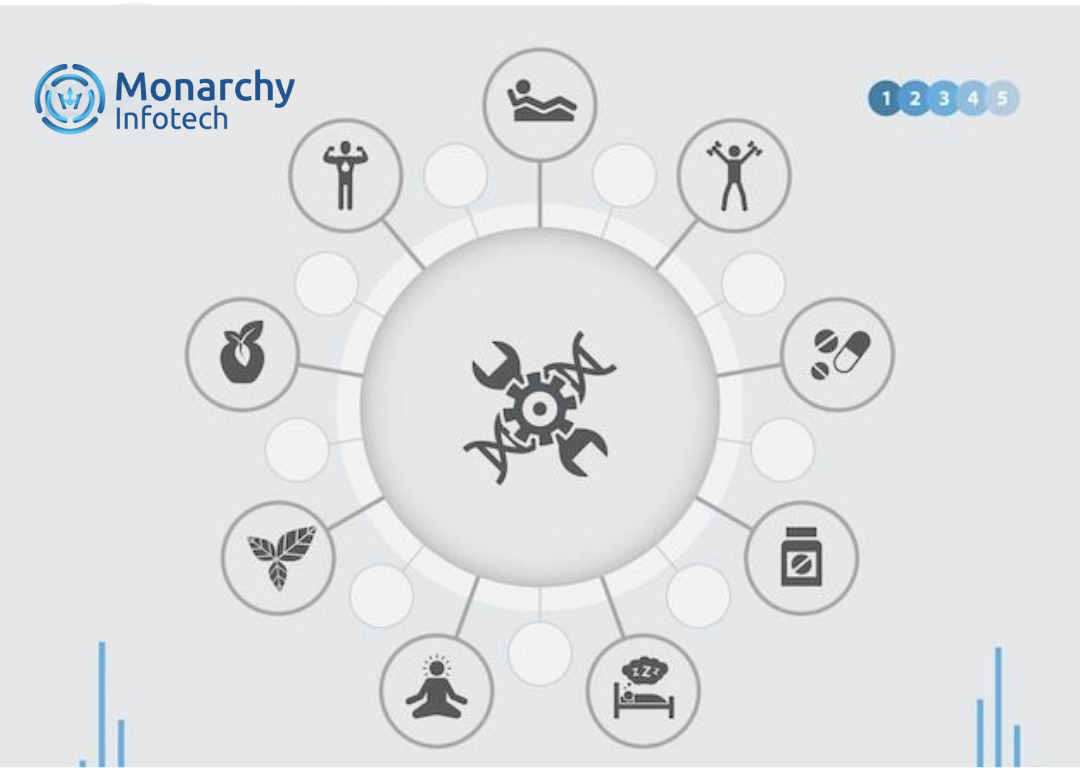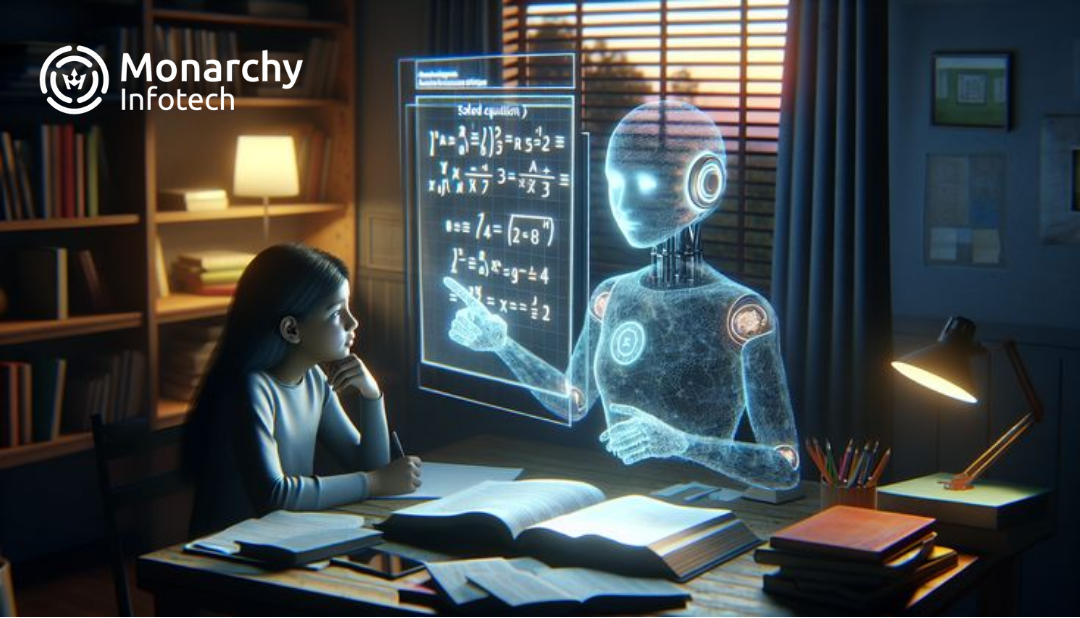
Biohacking Basics: What’s Legit and What’s Just Hype?
Biohacking's on fire — from wearable technology and nootropics to cold plunges and intermittent fasting. But in an era awash with health hacks and viral wellness trends, how do you discern science from snake oil? This blog deconstructs the fundamentals of biohacking in 2025, looking at what's actually supported by research and what's mere internet hype. Whether you're a curious newcomer or a wellness devotee, find out what really boosts your performance, concentration, and lifespan — and what's best left on your feed.





